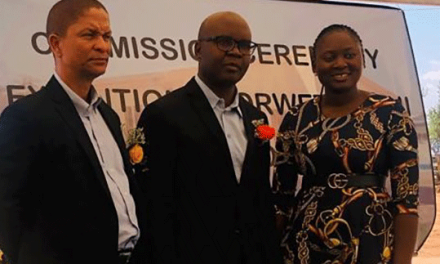
Teenagers love online porn: Mechanisms needed to combat the danger of online porn as 29% of youth access the content
A recent UNICEF study conducted in Namibia revealed that 29% of children surveyed from the ages of 13 to 17 have seen child pornographic content online.
According to the report, 31% of them said that they had been sent sexually explicit images of people they did not know.
UNICEF Representative to Namibia, Micaela Marques de Sousa said on Tuesday “
This shocking data, reveals to us the need to act now by adopting laws and put mechanisms in place to tackle the specific dangers related to the use of Information and Communication Technologies (ICTs) by children.”
“When online threats do occur, more adolescents turn to friends than parents or teachers, but less than half strongly agree they know how to help a friend facing an online risks,” she added.
Other findings from the UNICEF study, ‘Perils and Possibilities: Growing up online’ include the fact that two-thirds of 18-year-olds in Sub-Saharan Africa, Latin America and the Caribbean believe children and adolescents are in danger of being sexually abused or taken advantage of online.
Marques de Sousa said to engage children and adolescents in ending violence online, UNICEF is launching #ReplyforAll, which is part of its global End Violence Against Children initiative. “Children and adolescents will be asked to give their advice on the best ways to respond to online violence or risks and to raise awareness among friends through social media. This work has been supported by the WePROTECT Global Alliance, which is dedicated to ending the sexual exploitation of children online through national and global action,” she said.
Meanwhile,UNICEF, together with the WePROTECT Global Alliance, is calling on national governments to establish coordinated responses between criminal justice systems including law enforcement, and child welfare, education, health and the Information Communication Technology (ICT) sectors, as well as civil society, to better protect children from online sexual abuse and exploitation.










































